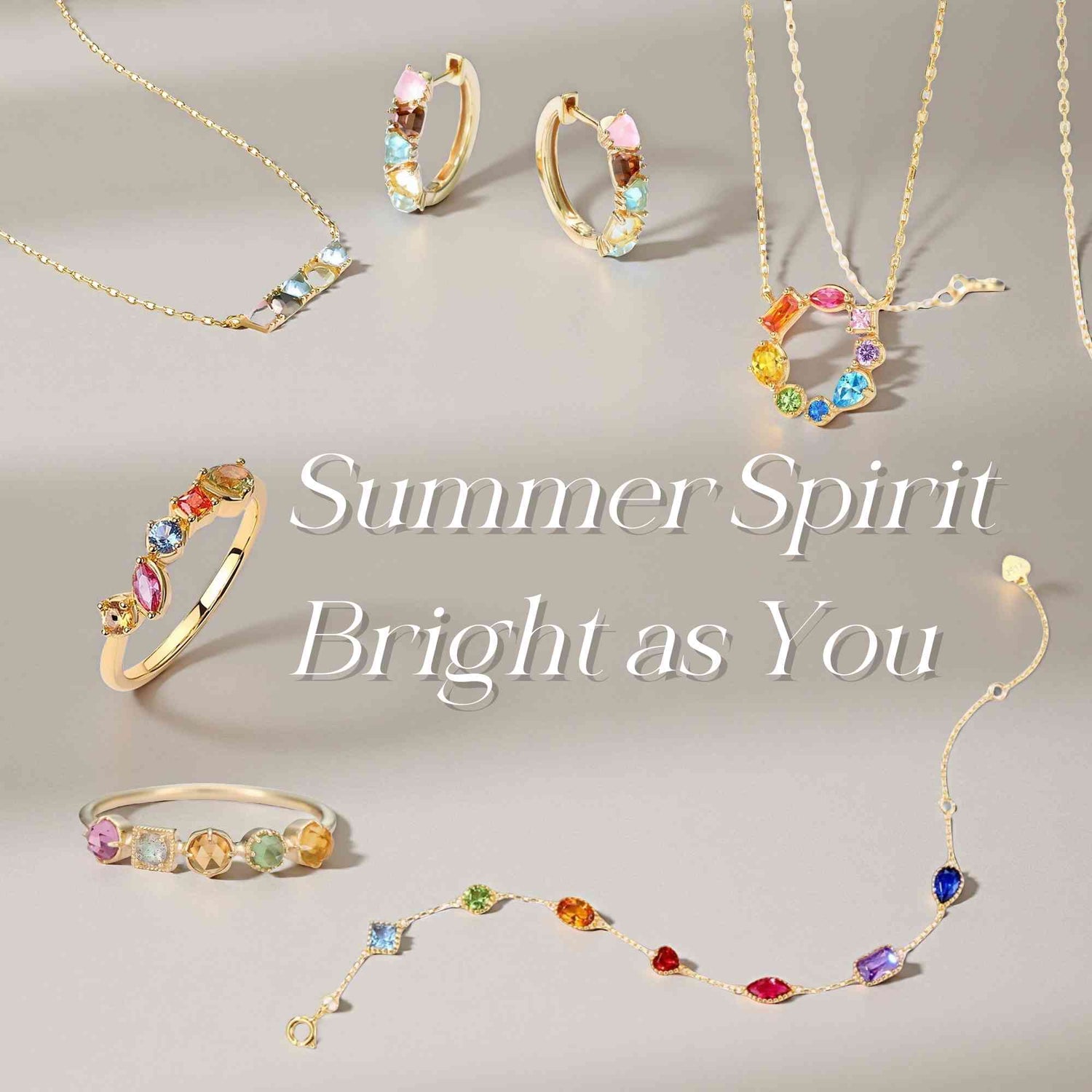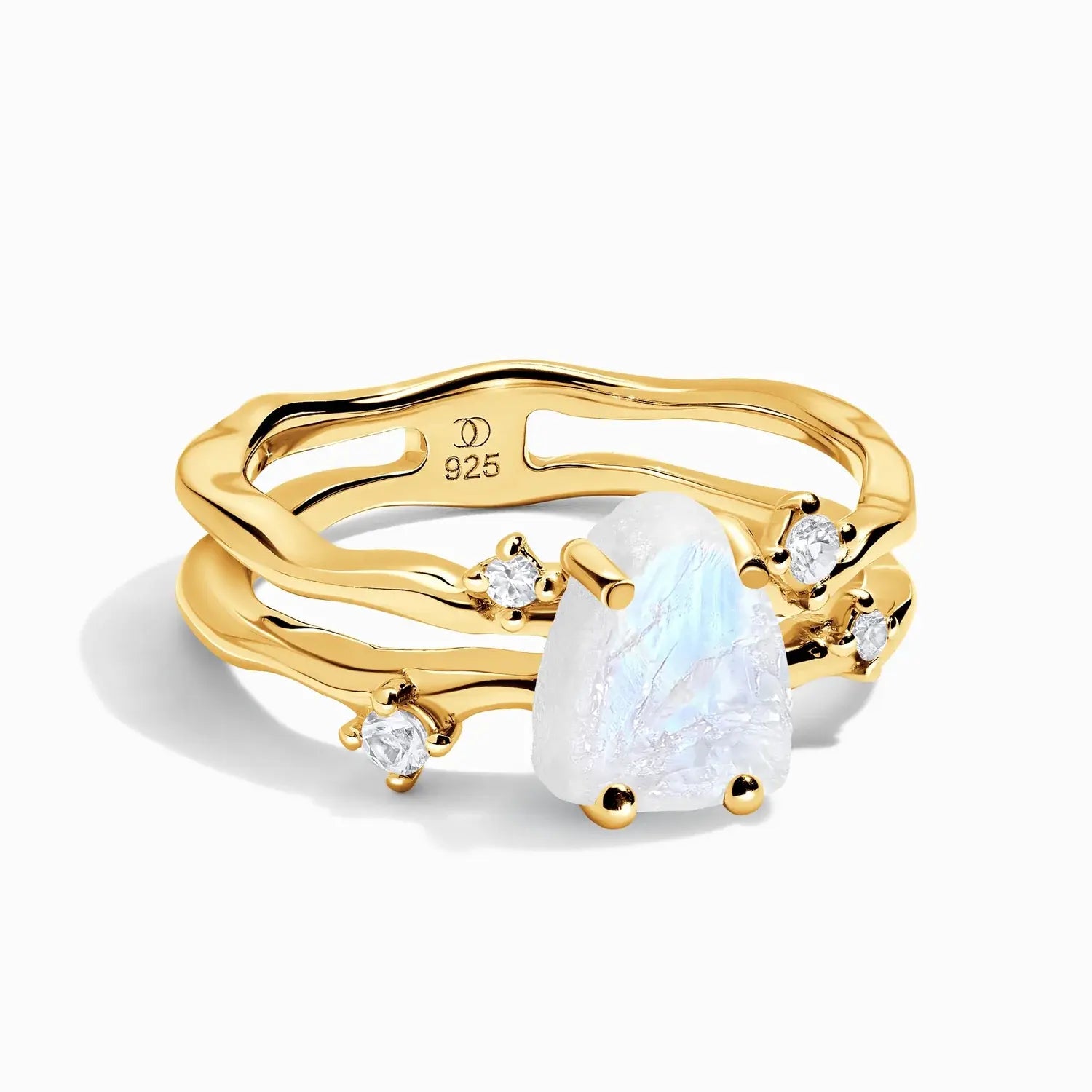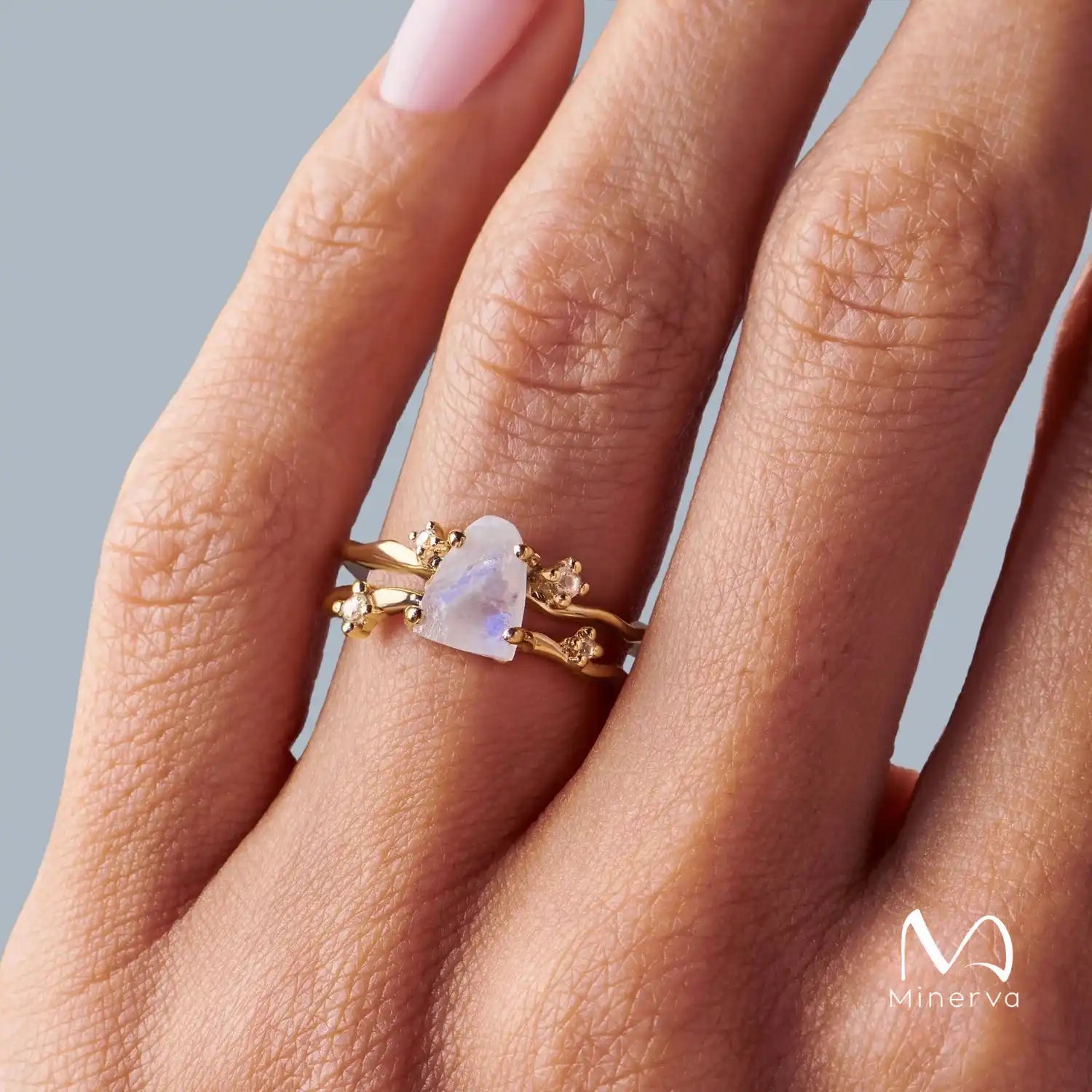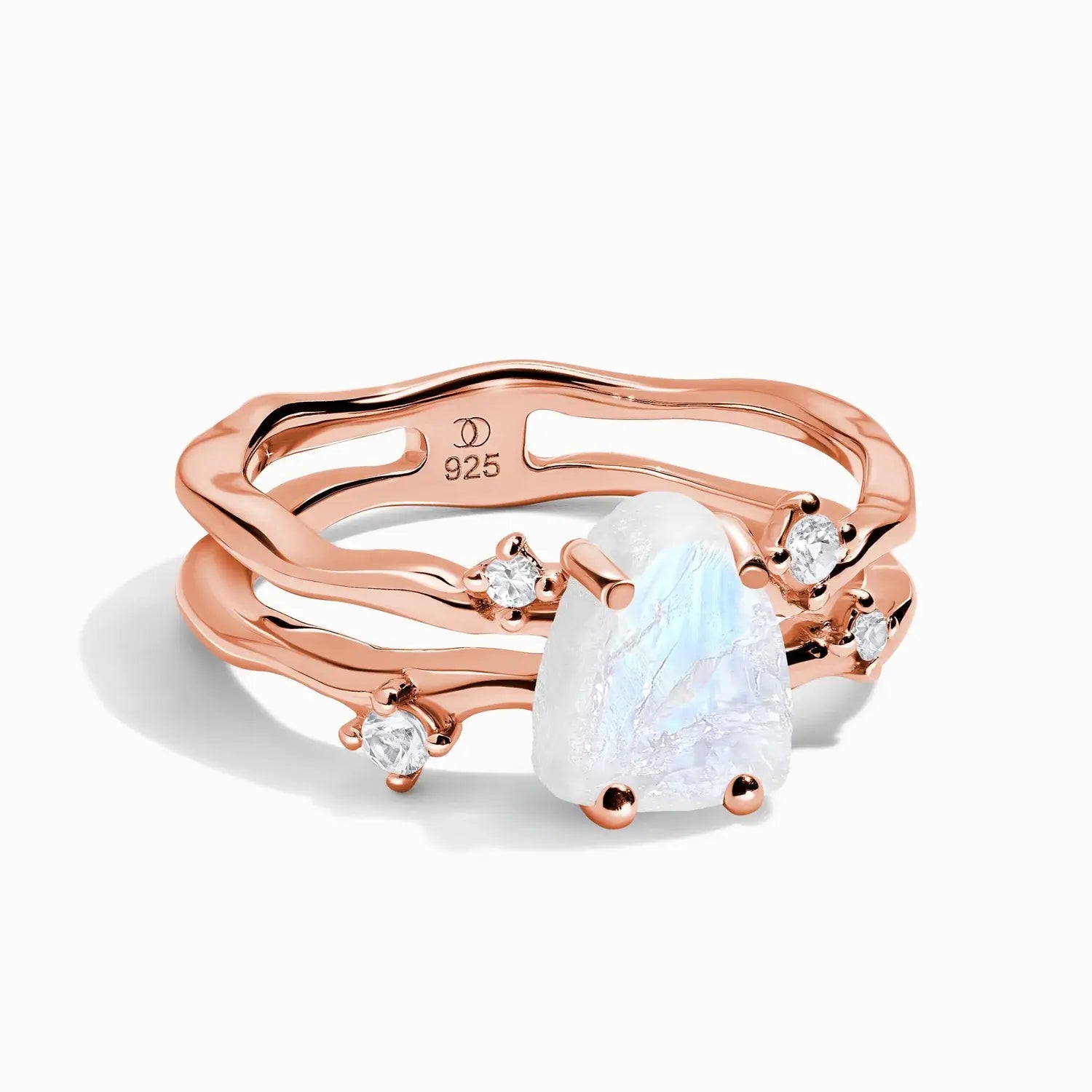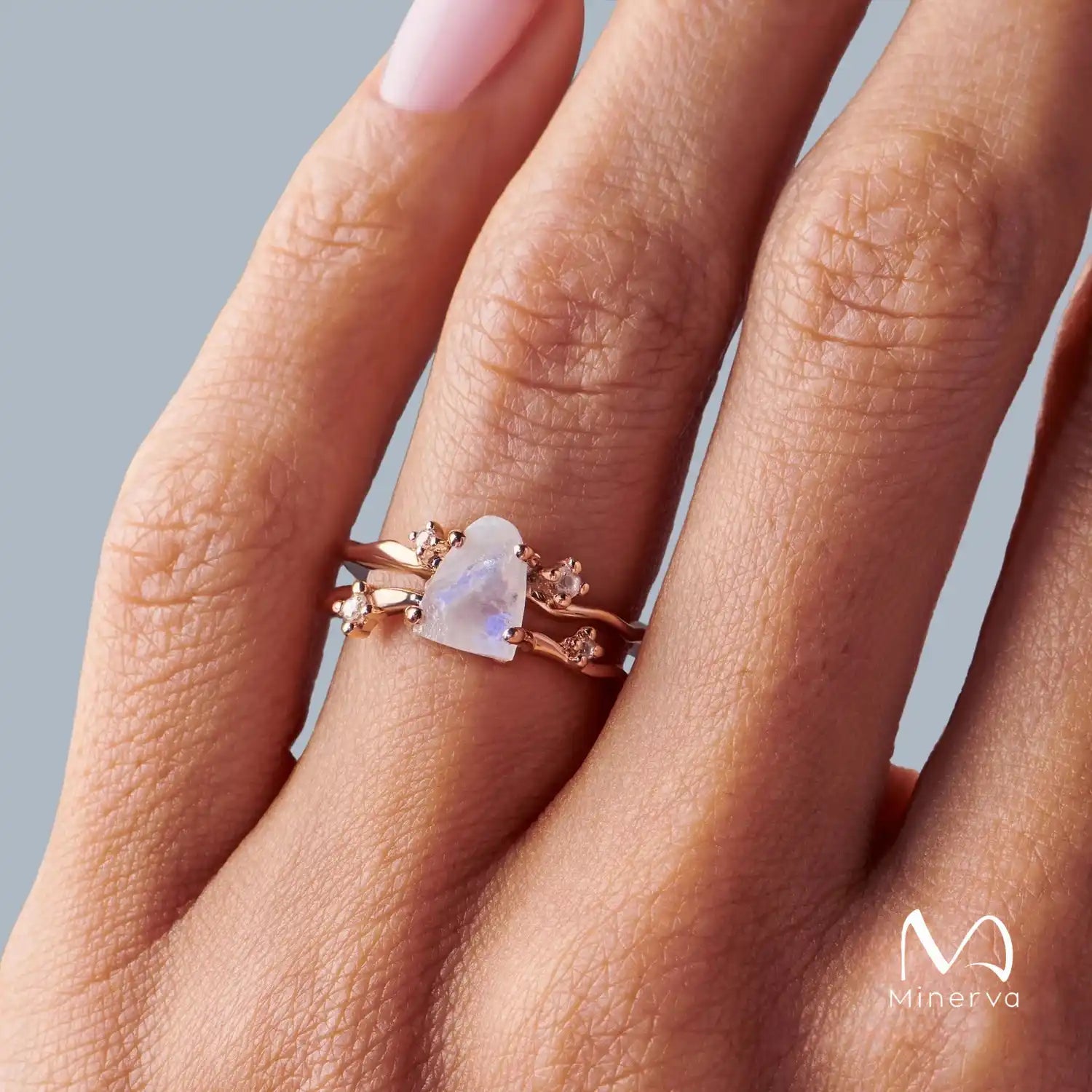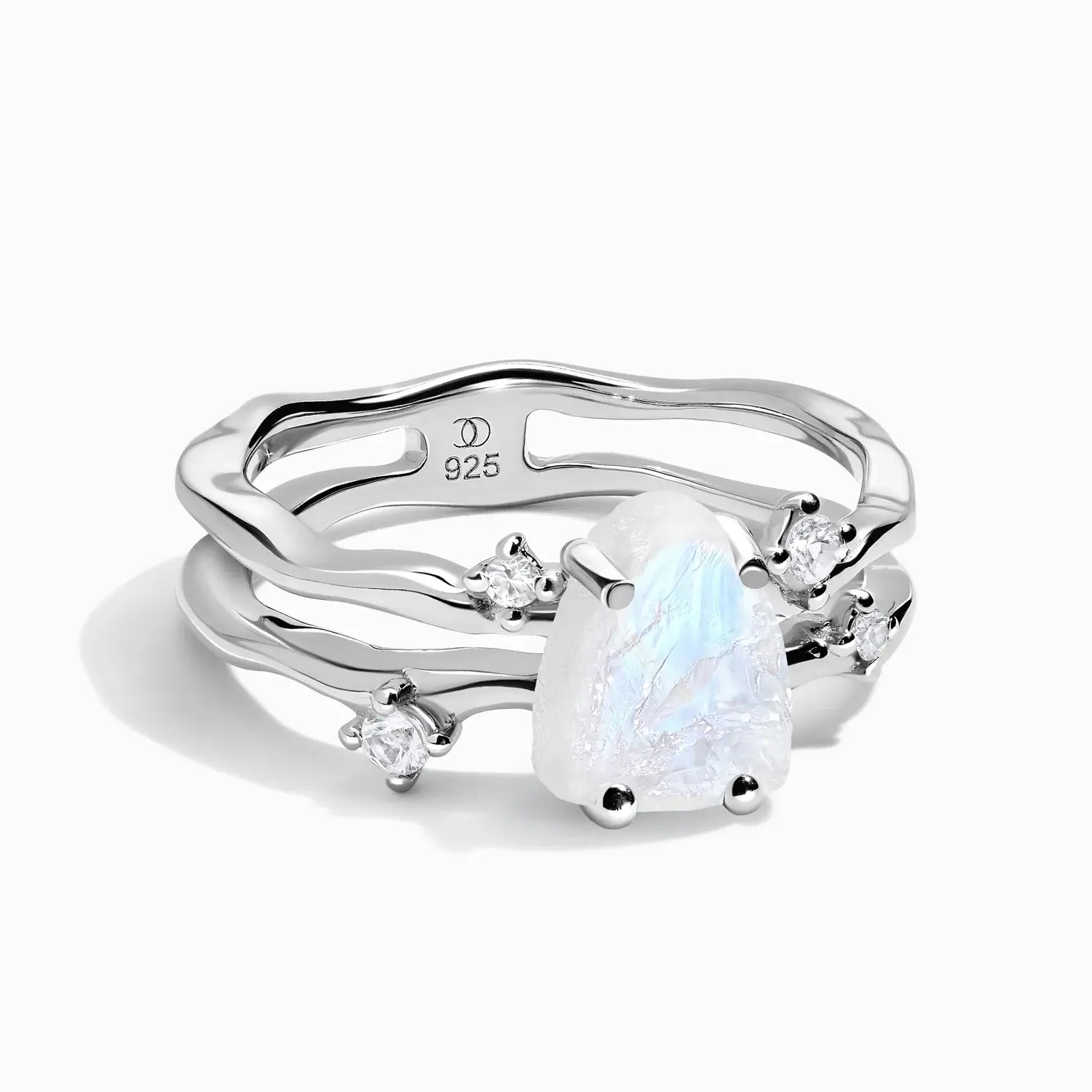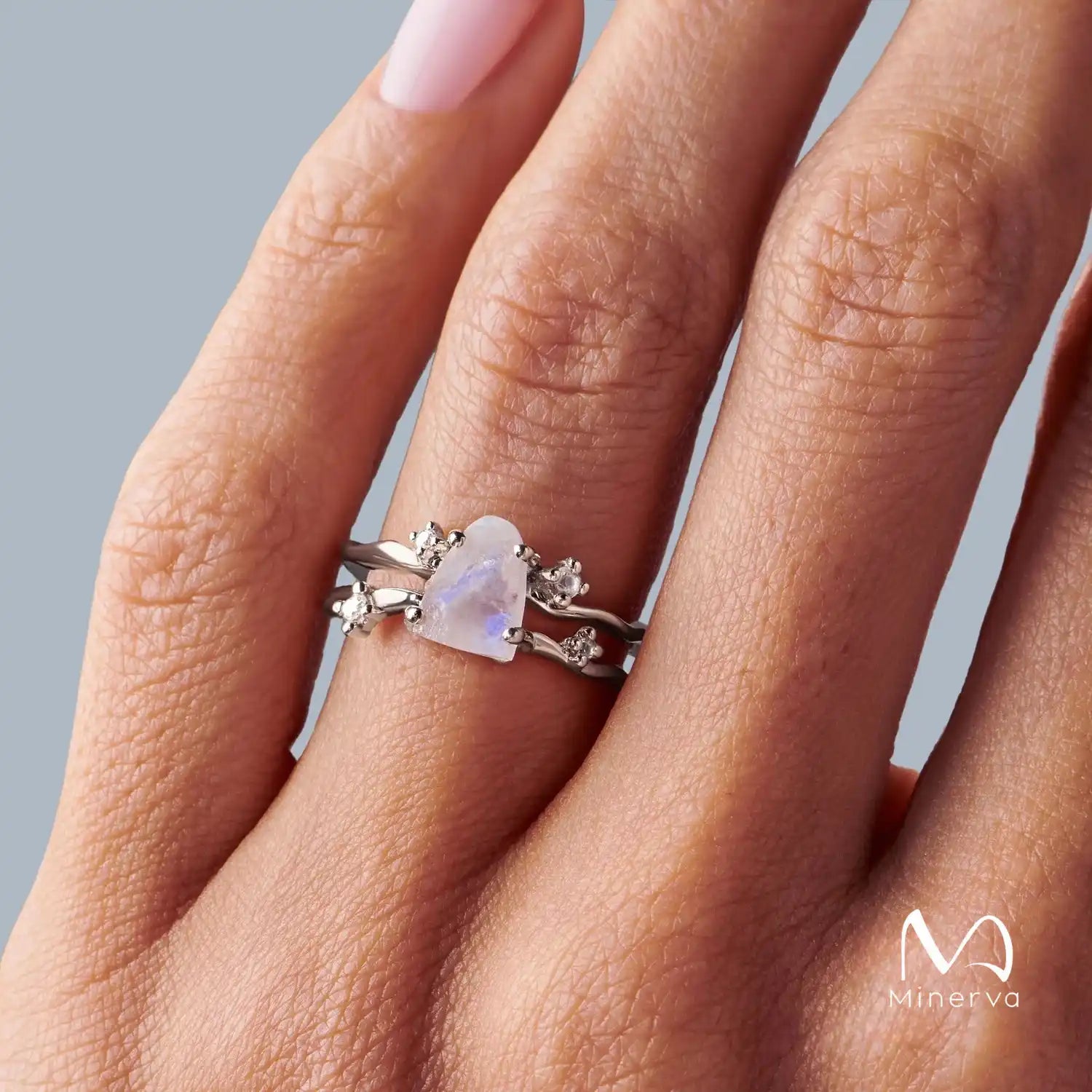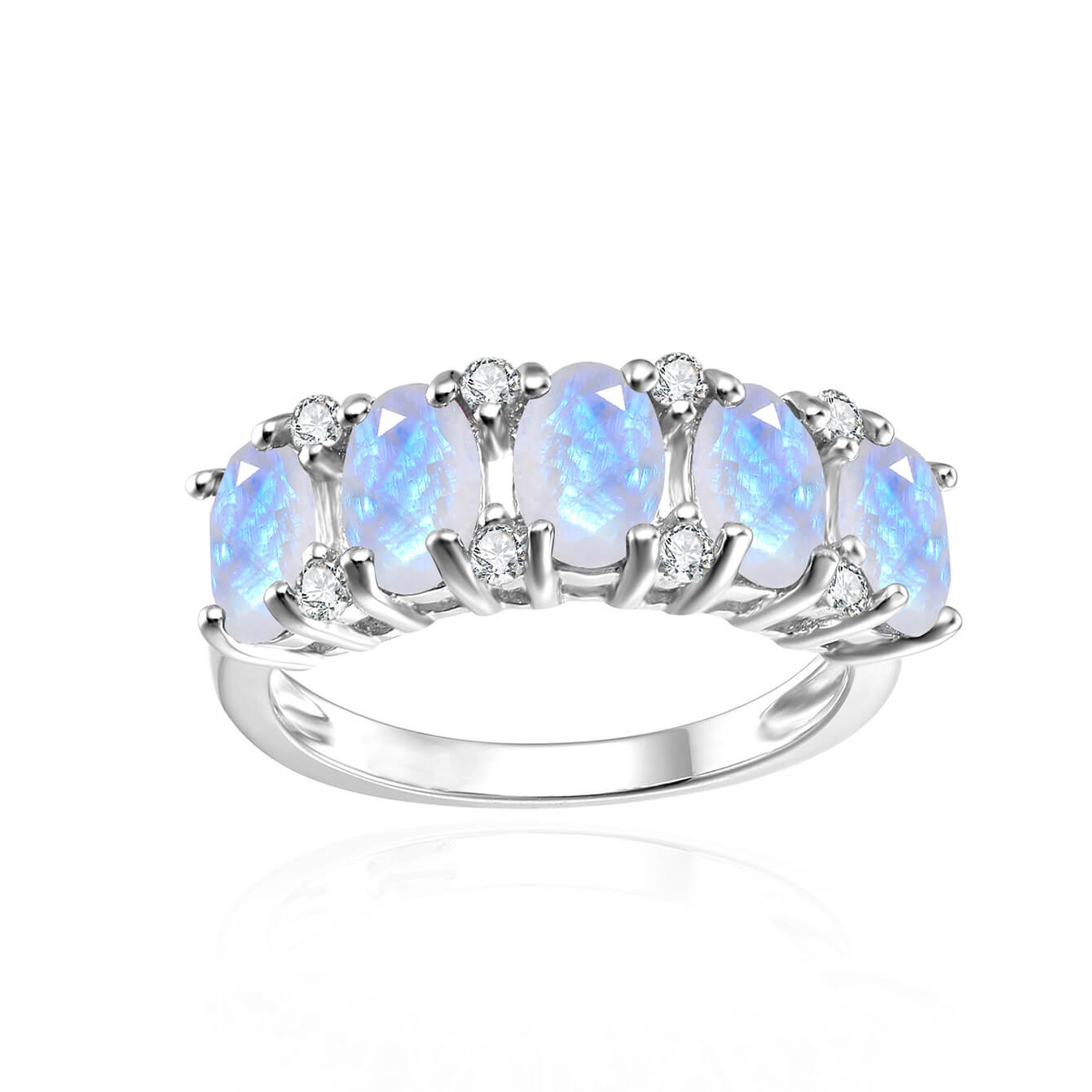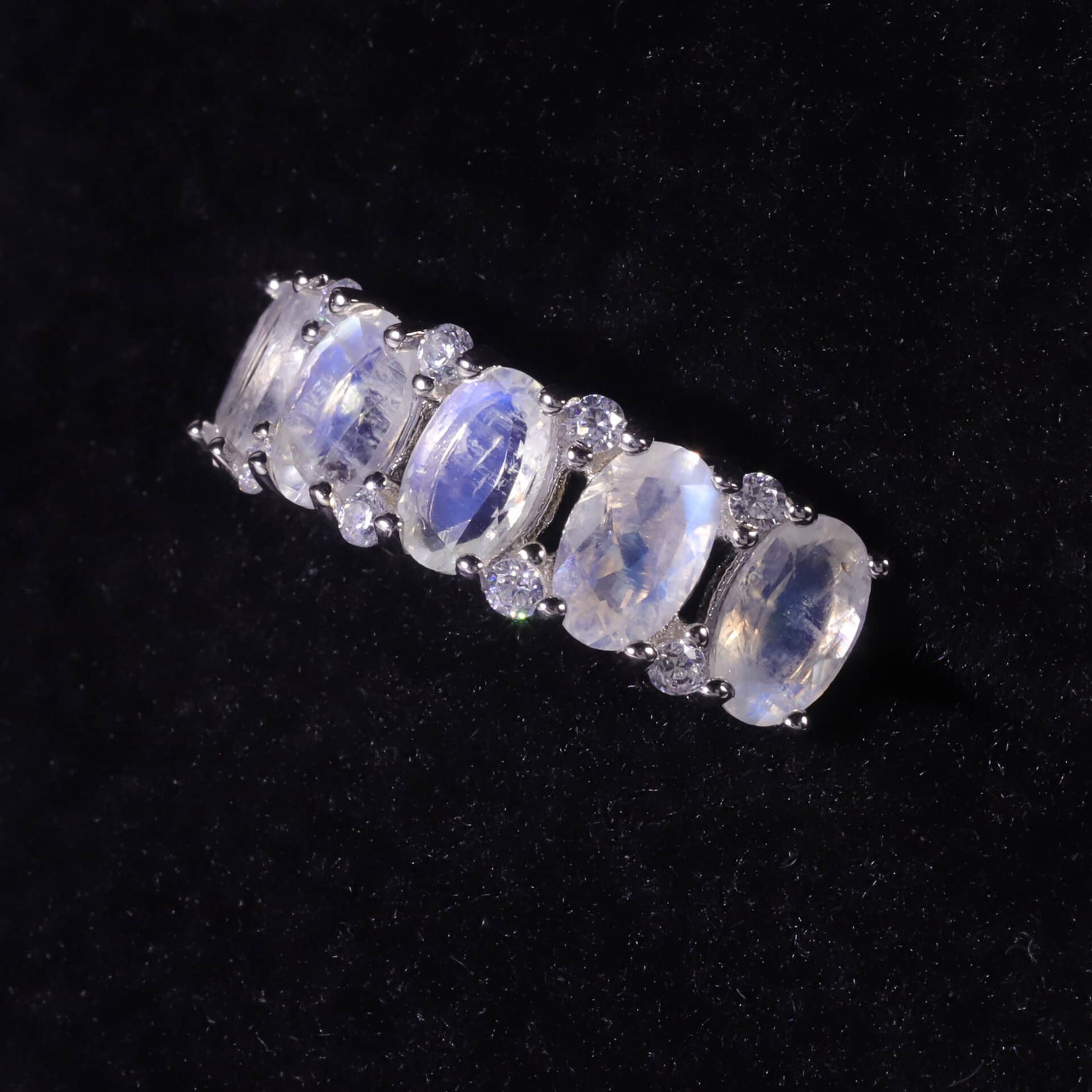In the enchanting world of gemstones, we witness starlit skies, radiant moonlight, and the golden warmth of a winter sun. Each gemstone shines with its unique brilliance, showcasing distinctive traits that illuminate the lives of those who wear them. These fascinating characteristics are collectively known as special optical effects. Among the most well-known effects are chatoyancy, asterism, play-of-color, iridescence, color change, adularescence, and aventurescence. Below, we delve into these remarkable phenomena and the gemstones that exhibit them.
1. Chatoyancy (Cat's Eye Effect)

When parallel light strikes the surface of certain gemstones cut in a cabochon shape, a bright band of light appears. This luminous band moves as the gemstone or light source shifts, resembling the gleaming, agile eye of a cat. This phenomenon, known as chatoyancy, is most famously seen in cat’s eye chrysoberyl, but it also occurs in aquamarine, quartz cat’s eye, tourmaline cat’s eye, and kyanite cat’s eye.
2. Asterism (Star Effect)

Certain gemstones exhibit asterism, where intersecting rays of light form a star-like pattern on the surface. These rays are created by needle-like inclusions arranged in symmetrical orientations. The most celebrated star gemstones are star ruby and star sapphire, which often showcase six-rayed stars, with rare specimens displaying twelve-rayed stars. Other gemstones displaying this effect include garnet, spinel, diopside, and iolite.
3. Play-of-Color

A vivid display of shifting colors caused by the interference and diffraction of light within a gemstone’s unique structure is termed play-of-color. This mesmerizing effect is most famously associated with opal, often referred to as "a painter’s palette," owing to its vibrant and dynamic hues that dance across its surface.
4. Iridescence

Known for its dreamy, rainbow-like shimmer, iridescence is caused by the interference of light as it reflects and refracts through thin layers within a gemstone. The effect varies with the viewing angle, creating dazzling displays of blue, green, orange, and red. This phenomenon is most striking in labradorite, celebrated for its cosmic, galaxy-like glow.
5. Color Change Effect

A gemstone’s ability to display distinctly different colors under varying light sources is referred to as the color change effect. This phenomenon is most famously demonstrated by alexandrite, described as "emerald by day, ruby by night," owing to its transformation from green in daylight to red under incandescent light. Other gemstones, such as color-change sapphire, color-change garnet (as shown in the image) , and fluorite, also exhibit this effect.
6. Adularescence (Moonlight Effect)

Adularescence describes the soft, glowing light that seems to float across the surface of certain gemstones, resembling the ethereal glow of moonlight. Moonstone is the quintessential gemstone for this effect, often displaying a bluish or white shimmer. Moonstones can range from colorless to white, with hues of brown, green, or grey, and their translucent bodies enhance their mystical appeal.
7. Aventurescence (Sunstone Effect)

The glittering, metallic sheen observed in certain gemstones due to light reflecting off plate-like mineral inclusions is called aventurescence. Sunstone, with its inclusions of hematite or copper, exhibits brilliant flashes of red and gold, reminiscent of sunlight. Other examples include aventurine quartz and goldstone glass, though they are less prominent than sunstone in showcasing this effect.

Platelet inclusions in sunstone creating a glittering aventurescence effect
Conclusion
| Gemstone Optical Effects | Common Gemstones |
|---|---|
| Chatoyancy | Cat's Eye Chrysoberyl, Tiger’s Eye |
| Asterism | Star Sapphire, Star Ruby |
| Play-of-Color | Opal |
| Iridescence | Pearl, Rainbow Moonstone |
| Color Change | Alexandrite, Certain Garnets |
| Adularescence | Moonstone |
| Aventurescence | Sunstone, Aventurine Quartz |
From the cat’s eye effect to the shimmering iridescence of labradorite, these optical phenomena not only enhance the aesthetic appeal of gemstones but also make them captivating symbols of nature’s artistry. Each gemstone tells a story, and its unique optical effects add depth and character to its allure. Whether you’re drawn to the fiery flashes of opal or the mystic glow of moonstone, these gemstones are sure to inspire awe and wonder.
If you'd like to explore gemstones with these fascinating optical effects, visit Minerva Jewelry, where every piece celebrates the energy and beauty of nature.

